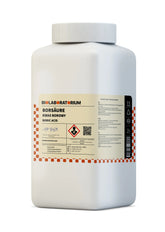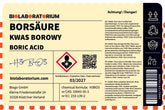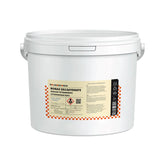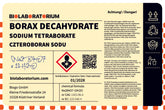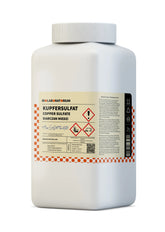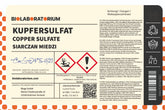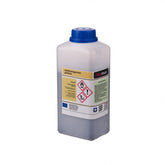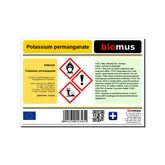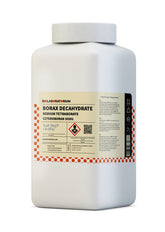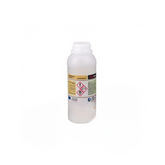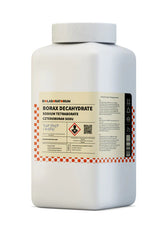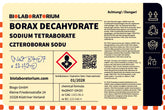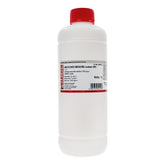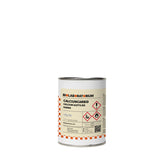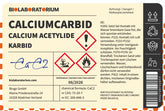Silicon dioxide – Versatile material with high importance in industry and everyday life
Silicon dioxide, also known as quartz or silicic acid, is a chemical substance that is widely distributed in nature and has a variety of applications in industry and households. In this blog post, we will take a closer look at the key properties, uses, and safety aspects of silicon dioxide.
What is silicon dioxide?
Silicon dioxide (chemical formula: SiO₂) is a chemical compound consisting of one silicon atom and two oxygen atoms. It is a crystalline solid that occurs naturally in various forms such as quartz, cristobalite, or tridymite. Silicon dioxide is an important component of many rocks and minerals and makes up about 12% of the Earth's crust.
In addition to the crystalline form, silicon dioxide also exists in amorphous form, such as in silica gel or diatomaceous earth. These amorphous forms are characterized by a disordered arrangement of silicon and oxygen atoms.
Physical and chemical properties
Silicon dioxide is a very hard, brittle, and temperature-resistant material. It has a melting point of over 1,700°C and is chemically very stable. Due to its structure, silicon dioxide is largely insoluble in water and most acids and bases. Only hydrofluoric acid (HF) can dissolve silicon dioxide.
Another important property is the transparency of silicon dioxide in the visible wavelength range of light. Pure quartz is colorless and transparent, making it interesting for optical applications such as glass or lenses.
Industrial applications of silicon dioxide
Due to its diverse properties, silicon dioxide is used in numerous industrial processes. Here are some of the most important application areas:
Glass and ceramics industry
Silicon dioxide is the main component of glass and ceramics. It serves as the base material for the production of window glass, container glass, glass fibers, and technical ceramics.
Chemical Industry
In the chemical industry, silicon dioxide is used as a filler, carrier material, or adsorbent. It is used in paints, coatings, adhesives, plastics, and cleaning agents.
Electronics and Semiconductor Industry
High-purity forms of silicon dioxide, such as quartz glass, are indispensable for the production of computer chips, solar cells, and optical components.
Construction and Building Materials Industry
Silicon dioxide in the form of sand, gravel, or rock flour is an important component of concrete, mortar, and asphalt.
Paper and Pulp Industry
Silicon dioxide serves here as a filler, coating agent, and desiccant.
Cosmetics and Pharmaceutical Industry
In cosmetic products and pharmaceuticals, silicon dioxide is used as a carrier material, thickening agent, or polishing agent.
Agriculture
Silicon dioxide is used as a feed additive, fertilizer, or pesticide carrier in agriculture.
Safety and Environmental Aspects
Although silicon dioxide is considered non-toxic in most forms, some safety aspects must be considered when handling it:
-
Fine dust from crystalline silicon dioxide, such as that generated during grinding or drilling operations, can lead to silicosis, a lung disease, when inhaled. Therefore, appropriate protective measures such as extraction systems or respiratory masks are required.
-
Amorphous silicon dioxide, as found in silica gels or silicic acids, is significantly less harmful to health. Nevertheless, excessive dust formation should also be avoided here.
-
For the environment, silicon dioxide is harmless in most forms. Only during extraction and processing must emissions and wastewater be controlled.
Overall, silicon dioxide is a versatile and important material that is indispensable in numerous industries. With the right safety measures, silicon dioxide can be used safely and in an environmentally friendly manner.
Conclusion
Silicon dioxide is a fascinating material with a wide range of applications. From glass manufacturing to electronics production – hardly any industry can do without this substance. At the same time, health and environmental aspects must be carefully considered when handling silicon dioxide. However, with the right knowledge and appropriate protective measures, silicon dioxide can be used safely and efficiently.

